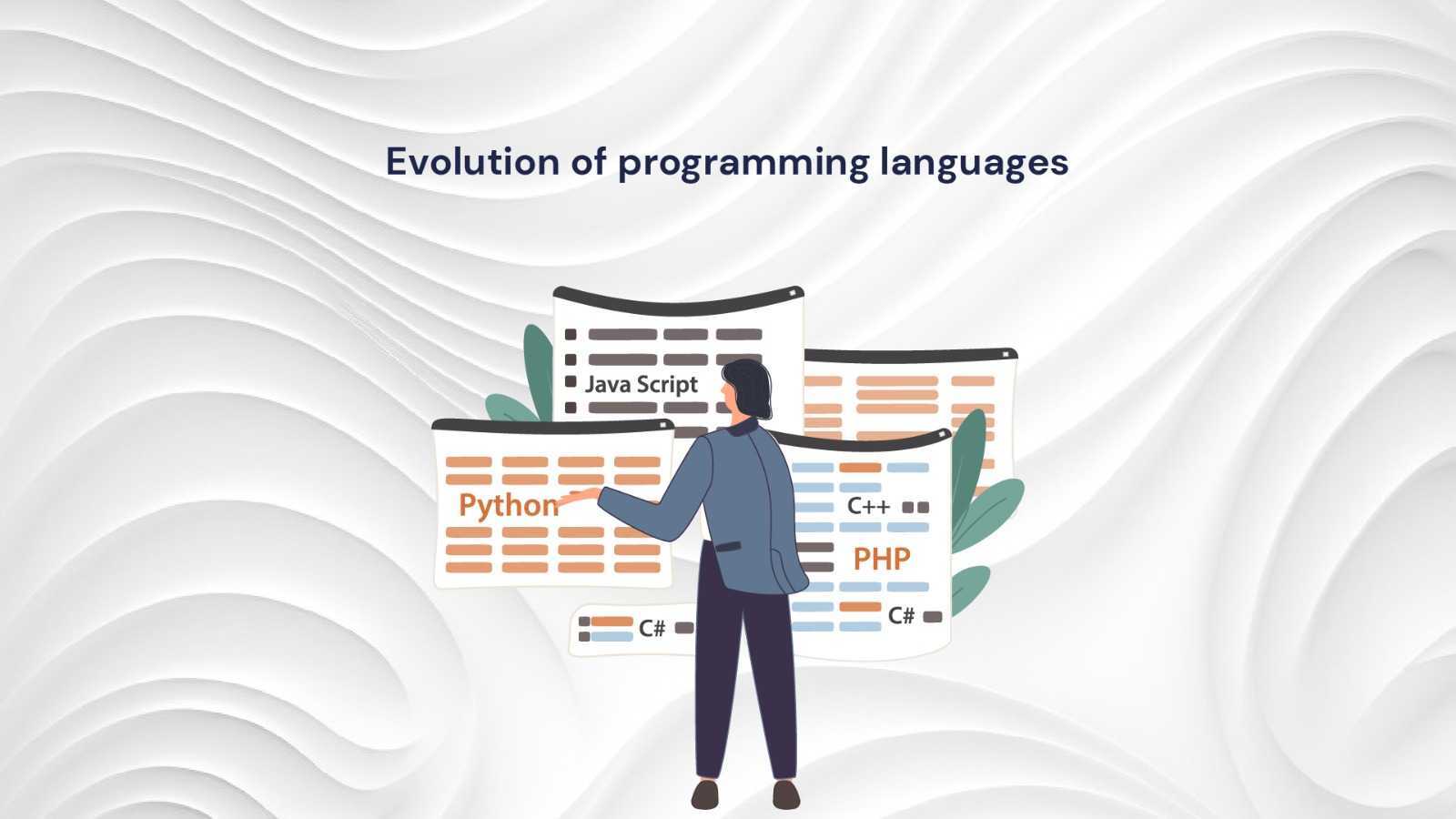Physical address:
573 Hutchinson Ln, Lewisville, TX 75077, USA.
Introduction
The programming languages have greatly revolutionized over the years. This revolution indicates the fast advancement in technology and increasing the complexity of the problems. From the days of machine learning to high level languages, this evolution of programming language has brought the need of expressive ways to instruct computers.
Table of contents
Early beginnings: Machine code and Assembly languages
Machine Code
The first and earliest form of programming language was machine code. It is the low level language that uses binary digits (0s and 1s). These binary digits directly managed the hardware components of the computer. Every instruction in machine code relates to a certain operation in the CPU’s instruction set. Machine code is difficult to read and write because of its control over hardware.
Assembly language
In order to make programming languages more easy and accessible, assembly language was develop. These assembly languages use mnemonic code and labels. These mnemonic codes had totally replaced the binary sequence. This gives a more human readable way to write instructions.
Evolution of High Level Programming Languages
Fortran
In the 1950s , the invention of high level programming languages indicated a great change in software development. Fortran (Formula Translation) programming language was develop by IBM in 1957. It was one of the first high level languages.
This programming language was designed for scientific and engineering applications. It helps the programmers to write code using mathematical formulas and conceptual data types.
COBOL
At the same time, COBOL (Common Business Oriented Language) was developed for creating business applications. The main focus of COBOL language was on record processing and data management tasks. COBOL language uses verbose, that is syntax like english that defines the procedures. This made it accessible to non-technical users and helped establish programming.
Lisp
Lisp (List Processing) is a programming language that was developed in 1958. This programming language has brought several new concepts that will become the base for programming languages in future. Lisp programming language is useful in the field of Artificial Intelligence due to its ability to operate symbolic information. Moreover, it can change complex data structures.
Related Links you may find interesting
Evolution of Structured programming languages
C
The era of 1970 witnessed a great development in structured programming languages. The C language was developed to enhance code clarity. Moreover, it makes sure that the code is reliable. C merges the efficiency of assembly languages with the strength of high level languages. This makes it the perfect language for creating operating systems such as LINUX.
Pascal
This programming language was developed to put stress on structured programming and data structuring. This helps in learning the basics of programming concepts in a clear way.
The Object-Oriented Revolution
Smalltalk
In the 1980s, people had witnessed a great revolution in OOP (Object Oriented Programming). Smalltalk was the first programming language that fully utilized the rules of object oriented programming. Also, smalltalk emphasizes on objects, classes and passing the message.
C++
C++ programming language is the updated version of C programming language. It also uses the rules and principles of object oriented programming. This language helps programmers to write organized code and reusable code by enclosing data and behavior in the objects. The flexibility of C++ has made it a famous language for software development and various applications.
The Internet Era and Modern Languages
JAVA
The decade of 1990 is famous for the rise of the internet. In 1995 JAVA programming language was developed. It was developed and designed by using the JAVA Virtual Machine. It helps in running applications on any device with a compatible runtime. JAVA puts stress on security, multithreading and network capabilities.
Python
Python programming language is famous for its simplicity and readability. Its clean syntax and long standard library have made it good for developers. Python’s flexibility and ease of use have contributed to its status as one of the most popular programming languages.
JavaScript
With the evolution of the internet, JavaScript has become a most famous popular programming language for client-side web development. This programming language helps the developers to create active and associated web pages. Its role has increased with the rise of frameworks and libraries.
Conclusion
The evolution of programming languages is the evidence of creativity and adaptability of the computing industry. From the start days of machine code to advanced high level languages, the journey indicates an efficiency, readability and capability.


